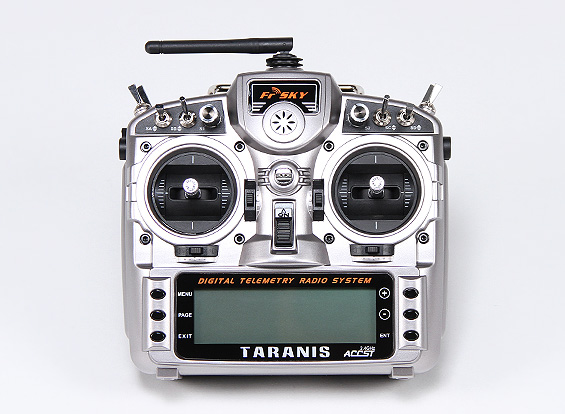AGM 60cc Gas Engine for RC Airplane - AGM-Engine.com
If you have visited agm-engine.com website, you may find that the Company will release its second gasoline engine at the end of September. And the concept gas engine model has out and listed at the website now.
From the description, the secondAGM gas engineof AGM 60cc is a twin cylinder engine, which comes with twin opposed cylinders, two mufflers, two CM6 style spark plugs, several standoffs and automatic electronic ignition.
If you are activists of RCGroups and RCU, you may learn that AGM is a new China RC hobby brand. And it has built several warehouses in different countries like Germany, the United States, Hong Kong, and British which help to shorten the waiting time of worldwide RCers getting their new products.
The detail specifications of AGM 60cc gasoline engine include:
Horsepower: 7HP/8500rpm
Idle speed: 1400rpm/min
Static Thrust: at 100 meters altitude can generate 15.2kg Pulling Force, while at 1800 meters altitude, the AGM-60 can generate 13.5kg Pulling Force
Acceptable Props: 22×10; 23×8; 23×10; 24×8 2-blade
Displacement: 61cc
Bore and Stroke: 36mm×30mm (1.42 in×1.18 in)
Compression Ratio 7.6:1
Weight: Engine: 3.43 lb (1555 g)/ Muffler: 2.82 oz / 3.00 oz (80 g / 85 g)/ Ignition Module: 7.44 oz (211 g)
Fuel: 30:1
Ignition: 4.8 — 8.4v
Replacement Sparkplug: CM6 style spark plug×2
Requires: Unleaded gasoline, oil, ignition battery & propellers
Packaging of this engine:
1 x AGM-60/60cc twin cylinder gas engine
1 x Auto advancing electronic ignition
2 x Mufflers
1 x gasket & bolts, aluminum standoffs & bolts
1 x AGM-60/60cc gasoline engine English manual
Perfomance of this engine:
When you first received the AGM 60cc twin gas engine, you can see that the components of this engine were put in the standard cardboard box, and the engine body was encased in formfitting foam to protect them crashed during the transporting. The corresponding engine parts including a gasket & bolts, aluminum standoffs & bolts, manual, mufflers and spark plug. At the first look, there are not any special different from other 60cc gas engine.
Although AGM 60cc gas engine has a little different with other brand 60cc gas engine, but it will do a different work for you. You can using a 30:1 mixture fuel to support this engine, and install it on your model airplane, please make sure that make your gas engine tight up and try to operate it for many times on ground to make the best adjustment before you fly it in the air.
After you've done the entire things well, just fly your model airplane in the air. You'll find that this gas engine will do a pleasant surprise for you, the miserly fuel consumption; the low voice released from this engine is all proved that you have chosen a correct gas engine for your model airplane.


